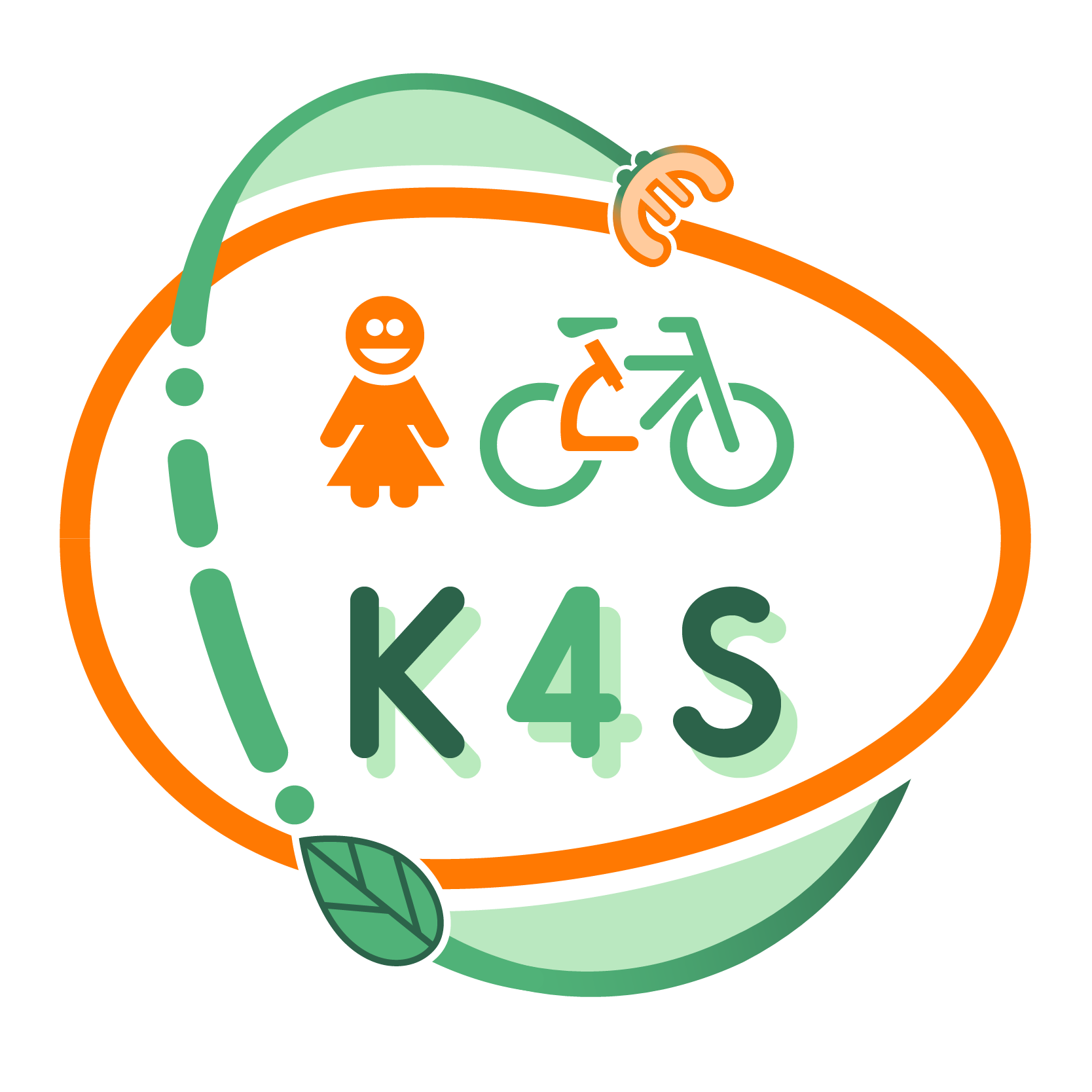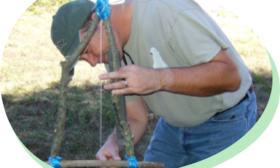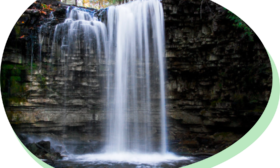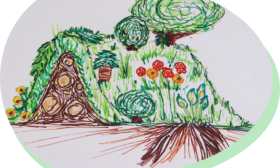LEARNING PATHWAY BASED ON SCIENTIFIC CONCEPTS
Water!
Overall aims:
- Explore the vitality of water;
- Explore methods of water collection and conservation;
- Develop entrepreneurial skills.
Intended learning outcomes:
The child will be able to:
- Explain the importance of water;
- Give examples of methods that help us conserve water.
Evaluation:
To rigorously evaluate the Learning Path, the teacher and children need to document the entire process, from the very first discussion. Encourage the children to be documentarians. Ask a child to interview others on the effectiveness of the Learning units. Using video or audio and visual stills is ideal. The teacher can then lead the children in the editing process, whether it is a hard copy Learning Story/Scrapbook or an edited video. The editing process will help the teacher and the children revisit and examine the data more closely in order to be able to make informed decisions on moving forward with the learning path.
While looking at the data gathered by the teacher and the children, the teacher will work with the children’s natural tendency to question and encourage them to fine tune their questioning methods towards Socratic Questioning so that the discussion is thoughtful and focused and retains interest.
While the Learning Path focuses on Water Conservation which mainly highlights the ecological pillar of sustainability, the Path is designed to incorporate the economic pillar as well, by repurposing materials and regenerating natural systems. Furthermore, the Path addresses the social pillar when it considers the social cost of water shortages. While this learning is incidental, at the time of evaluation, the teacher highlights this learning to the children and asks, “What else can we do? What else can we do to ensure that there is enough clean water for everyone? This aims to support entrepreneurial thinking.
While examining the data, the teacher cross references the documented learning with sustainability skills as well as STEAM skills. In this Learning Path, there were opportunities for mathematical thinking, engineering and entrepreneurship. What worked? What didn’t? What unexpected opportunities arose and what was overlooked?
Pathway structure:
This learning path starts at the Autumnal Equinox and continues till the Summer Solstice. The long term projects, the swales and Hugelkultur mounds, are built around the Autumnal Equinox and managed until the Summer Solstice.
Stage I – Building an A Frame level
This path’s first learning unit aims to create a tool necessary for an effective method for water conservation. The experiment involves building an A Frame level out of sticks, string and a stone.
- Building an A-Frame Level – deepen the child’s understanding of the relationship that exists between technology and growing plants by building an Ancient A-Frame with repurposed and/ or natural materials
Stage II – Water Capture
The teacher and children discuss water. “What do we do with water? Where does water come from? How much of our bodies are water? What about other animals? How long can we survive without water? How much water do our plants need to grow? Where does water come from? How can we avoid using water from the taps? What other water can we give to our plants?”. This is an experiment that is best done in action to support the children’s understanding. The teacher briefly explains how we can conserve rainwater in our garden by digging swales. With the help of visuals, the teacher briefly explains that a swale is a ditch carefully dug along level lines that catches and stores rainwater and preserves soil from being washed away.
- Water Capture – introduce the concept of capturing water through ancient practices
Stage III – Hugelkultur
Extend learning about conserving water by gardening with sustainable practices that design out waste, keep materials in use and regenerate natural systems. The Hugelkultur method works hand in hand with digging swales for water conservation and leads to a permaculture garden that requires little to no watering.
- Hugelkultur – Design, plan and build a Hugelkultur Mound: This ancient approach to creating a raised bed made with available materials utilises rotting wood as its base to enrich the soil







